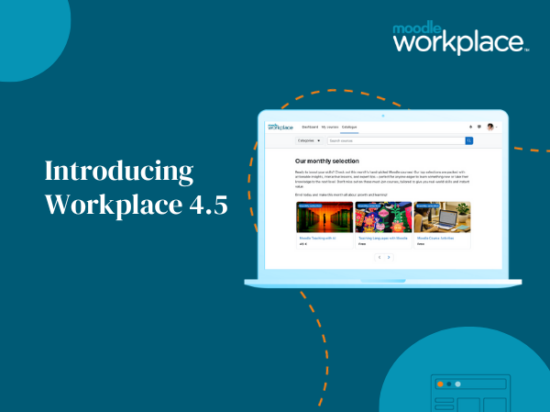BYOD (Bring Your Own Device) is a fact of life in the workplace.
Most employees and contractors now bring their smart phones and tablets to workplaces and expect to hook into employer networks so they can complete work assignments and have the luxury of using their devices for personal reasons.
But this reality raises a series of questions and problems, foremost among them, data security, brand dilution and IT protection. As an L&D practitioner, you have to tackle this Mobile Device Management (MDM) problem head on.
There are three key questions you need to ask to define the scope of your BYOD management:
[ap_list list_type=”ap-list3″]
[ap_li]How much money do you need for IT support of a BYOD workforce?[/ap_li]
[ap_li]What tools are available to manage and safeguard company information from hackers?[/ap_li]
[ap_li]Is the IT help desk prepared to deal with BYOD issues? [/ap_li]
[/ap_list]
The problem with managing multiple devices and apps to insure data security is that employees (especially millennials) don’t like lock-down tools used on their personal devices. Nor do they want to give IT departments a window into how they use their personal devices. In one survey, most BYOD aspirants said they accept employer management efforts to protect corporate data but those management tools should leave their personal data and apps alone.
That may be possible if the company can used ensure that its own data is encrypted properly. But it is open to outside attack and compromise unless some other basic steps are employed.
Here are some suggestions put forward by MDM experts:
[ap_list list_type=”ap-list3″]
[ap_li]Use a learning system portal architecture that can be used by a wide variety of mobile devices[/ap_li]
[ap_li]List the type of mobile devices your learning system supports[/ap_li]
[ap_li]Make sure your interactive learning elements work on the mobile devices you support[/ap_li]
[ap_li]Use responsive web design elements–such as fluid grids and flexible images–that can adapt to your learner community[/ap_li]
[ap_li]Make sure your mobile learning apps work with your LMS and the storage platforms for learning elements that you use[/ap_li]
[ap_li]Make sure your apps can be used in a cloud environment, can be enabled privately instead of through a third party company, determine if the app tracks location and usage [/ap_li]
[/ap_list]
Don’t be put off by the technical requirements of implementing your own BYOD protocol. There are many advantages to making it work. Believe it or not, BYOD has the potential to lower the demand for support help tickets. Employees who use their own devices also feel they can get more work done because of the flexibility and comfort of using their own mobile devices and their interfaces.
At the end of the day, it is a business decision you will have to make as an L&D leader for tomorrow’s learning programs.







